Hey there, everyone. As I'm writing this, I'm waiting patiently for the madness of PAXAMANIA '16 to begin (no spoilers!). It's been a fun week, if a comparatively barren one for game releases. Still, that works for me and my enormous backlog - if I do anything with new releases these days, it's to stick them on a wishlist and forget about them for six months as I work through games that came out years ago.
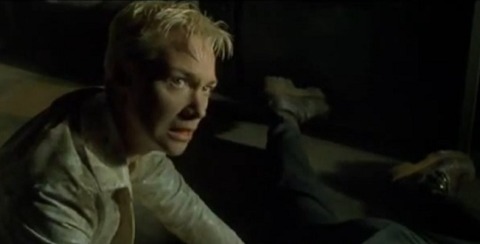
Talking of six month periods and bummers, it looks like the PlayStation Neo is now official and the purchase I made of a brand new PS4 last December might have been a hasty one. From all accounts it seems like "Neo Mode" will simply improve performance and graphical fidelity a little, but games will still be functionally playable for the core console. Obviously, I'm a little cynical about how long that will last. Sony will obviously stop manufacturing the non-Neo version of the system after a few years given that the Neo model runs at approximately the same price, which in turn will eventually start expiring one after the other after their warranties run out, and then there'll be less incentive for game developers to make sure everything they put out can still chug along on the basic model. We're all looking for that one big Sony-exclusive title PS4 can't do without - some Uncharted 4 equivalent further down the road - that absolutely cannot be enjoyed fully as the developers intended without Neo's additions, and it'll be all over. A pessimistic look into the near future, perhaps, but then I've been sulking a lot after hearing this news. It's going to be a race between my PS4 and my equally expensive at the time Wii U, in the face of the Nintendo NX, to see which console is made prematurely obsolete by its own creators first. Hooray.
You know what, though? It might be for the best. The only big AAA games that might feasibly need a state-of-the-art console that I seem to play these days are these big ubiquitous cookie-cutter open-world action games (two of which are featured in this week's Sunday Summaries!) and I'll probably be sick of the whole genre after a few more months. Might focus on the Indie market and how they're increasingly making the games I want to see - tactical CRPGs, SpaceWhippers, 2D (and soon 3D) platformers and point-and-click adventure games. There's never a shortage of anything worthwhile in this bountiful era of video gaming, as Vinny so frequently informs us.
New Games!
No big stand-outs this week from what I can tell. Just a lot of small fry that, nonetheless, might see you through to next Sunday with a smile on your face. Let's rattle a few off in a segue-heavy segment and move on, because with three games to talk about we have a dire need to be economical:
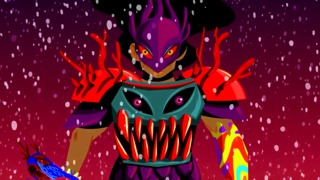
- Housemarque's next Arcade reimagining is Alienation: a top-down dual-stick shooter which I'm sure owes a lot to the old Sega xeno-xlaughtering Alien Syndrome, and possibly to its more loot RPG-focused 2007 Wii reboot of the same name.
- Talking of reboots, we'll see the third chapter in the King's Quest episodic game released this Tuesday. I've heard mixed things, but people seem to like what they've done with the lore at least. King's Quest was always a dorky series filled with puns and dumb jokes, but people tend to zero in on all the brutal ways you could die. Sierra's always been the king (as it were) of gallows humor.
- Talking of dying horribly, RPG Maker horror survival game Corpse Party is coming to Steam, joining its anime murder mystery peer Danganronpa in escaping the PSP/Vita gulag and seeing a separate release for a platform people are likely to want to use.
- Talking of Vita and separation, this week finally sees the long-awaited released of Severed from Drinkbox Studios, the developers of Guacamelee!. From trailers it looks to be part Infinity Blade, part Year Walk and part Guatemalan Insanity Pepper hallucinatory fugue. I can only hope a PS4 version will follow - it's not it doesn't have its own touchpad to suit the game's emphasis on slashing prompts.
- And, finally, talking of portable consoles and their underused gimmicks, we have the North American version of Sega 3D Classics Collection for 3DS, for those who wouldn't mind a few classic Sega games for their 3DS but doesn't want to pay five bucks apiece for them on the eShop. Of course, getting nine for a full priced 3DS cart still might not stack up to the fifty or so Genesis games you can get on Steam for roughly the same price (and with presumably more to come, given all that talk of open-source modding and the like).
Wiki!
Big week for wiki news: I've not only completed all of April's releases, but also all of May's, in a push that saw twenty pages total get worked over and polished to a sheen. May has traditionally always been the least busy month in the calendar for the system for who knows what reason. It's a month late to be the start of a fiscal year or the year's second quarter, which are the usual business concerns that might result in a vacant release schedule, and it has a full 31 days to receive releases so it's a mystery to me why it's always so barren. It's not like there's not ample time to sell games to schoolkids either: the first few days of May falls within Golden Week, which has any Persona fan knows is the perfect time to relax playing games at home, hanging out with friends or jumping into a TV to beat up psychological demons in a world that makes our nightmares manifest. You know, chill school vacation stuff.
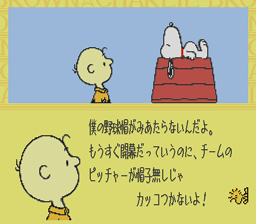
Of the twenty game pages that needed a makeover, a staggering seven of those required brand new pages - as always, be sure to check this list for what's been added. That leaves us with a handful of known quantities and unknown obscurities to look into: Power Drive, a European racing game that has nothing to do with Bally's Power Drive monster truck Arcade game nor Sega's Power Drift - it's more the standard top-down racing game that became the vogue after the likes of Micro Machines and RC Pro-Am; Kawa no Nushi Tsuri 2, an entry in Natsume's long-running Legend of the River King series that is one of the few fishing games I'd be willing to play with its combination of Harvest Moon rural charm and RPG mechanics; Super Bomberman 3, which is an odd duck in the explosive multiplayer series for both its introduction of kangaroo mounts and for never coming out in North America despite seeing a European release (the last two SNES games never even left Japan, incidentally); Snoopy Concert, which is a scenario-based adventure game not-unlike Pac-Man 2: The New Adventures in that the player (as Woodstock) is essentially commanding Snoopy's actions rather than controlling him directly; Syndicate, the SNES port of the original Bullfrog cyberpunk espionage strategy shooter game; SimCity 2000, the arcology-enhanced city-builder sim which struggles to bring more of its complexity to the SNES but acquits itself well enough compared to the sterling original SimCity port; and Super Nazo Puyo: Rulue no Roux, which combines the Puyo Puyo we all know and love with an odd little RPG about making curry.
The Witcher 3: The Wild Hunt!
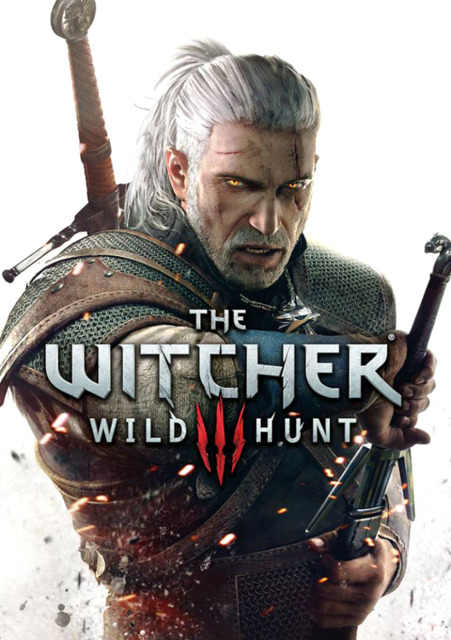
You'll be happy to know that I finally put CD Projekt Red's immense CRPG to bed this week and with it the weekly updates that have so long dominated this section of Sunday Summaries. I'm in two minds about reviewing it properly still: the fact is, I've probably discussed every facet of that game in fine detail in these recaps already, and there's not a whole lot left that's needed to be said. Even as I got close to burning out, I still feel like The Witcher 3 is the best open-world action-CRPG ever created in terms of its parts coming together as a whole. I could name a CRPG with better combat (Temple of Elemental Evil), one with a better story (Planescape: Torment), one with better loot (Diablo III), one with a better and more complex and realized world (Baldur's Gate 2, or perhaps the Fallout games, though Witcher 3 is honestly still up there) but when taken together there's no part of The Witcher 3 that feels like a weakness. It all gels together perfectly and even after close to a month I was sad to see it finally end. I won't deny the possibility that, in a moment of weakness, I'll run around Skellige checking out the remaining question marks for more enemies to kill or buy either of its DLC packs.
All that remains now is to look at its trophies, as the (sorta?) proud owner of another Platinum. They were hard-earned, but relatively fair but for a few unfortunate exceptions. A game's trophy list is but another element of its game design - to dismiss it as an immaterial component is to demonstrate a lack of dedication to every aspect of a game's construction. Besides, it's an ideal way to inject some extra longevity into a genre that is already deeply entrenched in the goal-based objective format, though you could say that The Witcher 3 hardly needs a boost in that regard. Plus, the specificity of these trophies lets us talk about some of the game's minutia I may have overlooked in previous updates.
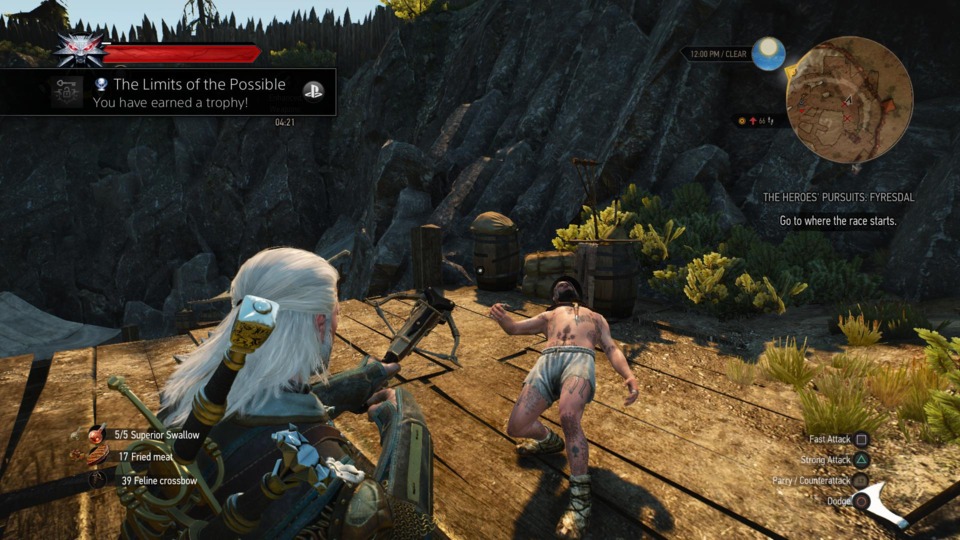
First, let's just excise the eighteen trophies relating to stories or specific side-missions. That actually still leaves us with thirty-four of the things, which probably means this section is going to run super long again. Hey, it's the last hurrah for this game, so it gets a pass.
There's a few trophies that require a level of deftness with the combat mechanics."Kaer Morhen Trained" requires you successfully parry an attack ten times in a row, "Can't Touch This" demands you kill five enemies in one fight without ever getting harmed and "Butcher of Blaviken" asks that you kill another five enemies (or maybe the same ones, if you're so inclined) within five seconds. All quite possible with the right tools to assist, but still demand an amount of finesse.
Then you have the ones that really explore the options you have available, which is a case I made a few weeks ago when talking about the game's combat system: potions, bombs and Signs that complement Geralt's skill with the blade. "What Was That?" requires that you use a regular attack, a counterattack, a bomb and a Sign in a very short amount of time while the similar "Overkill" tasks you with killing ten enemies while they're simultaneously burning, bleeding and poisoned. "Triple Threat" asks that the player defeat three enemies in three different manners in the same fight: swords, the crossbow, Signs, bombs, etc. A particularly fun one is "That Is the Evilest Thing…", which has you ignite gas bombs on foes that are already on fire. There's even one for using environmental features (including gravity!) to your advantage: "Environmentally Unfriendly".
As for Signs, "Humpty Dumpty" requires that you knock twenty enemies to their death with the Aard sign's powerful wave of telekinesis; unfortunately, natural opportunities for this are extremely rare, even in the game's mountainous region of Skellige. "The Enemy of My Enemy" is a bit more forgiving, which teaches you to use the Axii Sign's alternate mode to charm enemies into fighting for you; not only is this a useful aspect of the Axii Sign to learn, but it's downright overpowered in practice. You won't have any issues with group combat if you get some space and hit enemies with this, because they'll all be distracted murdering the turncoat in their midst just long enough for you to charge up another one.
The game then takes these tools away for the tricky "Even Odds", which has you fight any of the two Witcher contracts - essentially mini boss fights against particularly tough monsters - without relying on any potions or Signs, and even prohibits the use of other temporary upgrades like the weapon and armor enhancement boost from environmental smithy tools. Finally, we have the reviled "Master Marksman", which tasks players to defeat fifty humanoid foes with a crossbow headshot. The precision aiming mode of the crossbow leaves a lot to be desired, even with the right perks to make the crossbow a feasible weapon for damage, and the target of fifty kills is perhaps a little stringent. In-game, the crossbow is largely used to bring down winged foes so that they can be taken out with Geralt's swords as opposed to a deadly weapon in its own right. A tough trophy to justify.
Moving away from the combat, we have an array of the standard completionist trophies: "Mutant" for reaching a high enough level to fill all the "mutagen" slots in Geralt's character build, which increases Geralt's stats based on their color; "Munchkin" for reaching level 35, which you just about hit doing all the story missions; "Globetrotter" for finding a 100 fast travel points (which is a fraction of the full amount, to give you some idea of how big the game's world is); "Pest Control", for destroying all the monster nests, which can only be found by exploring ?s on the map after revealing them via the notice boards (there's another nest-related achievement too, "Fire in the Hole"); "Card Collector" for finding all the Gwent cards, which involves playing against a lot of merchant NPCs, specific named characters as outlined by Gwent side-quests, a few side-missions where cards are given away as the reward and many more bought directly via a handful of merchants and innkeepers; "Let's Cook" and "Bombardier" are earned through learning recipes, for potions and bombs respectively; "Bookworm" politely asks you that read as much of the incidental fiction as you find from recovered books and documents; "Brawl Master" and "Fast and Furious" for all the fistfight contests and races; and finally, "Geralt: The Professional" for completing all the Witcher contract side-quests, i.e. remembering that Geralt has a day job.
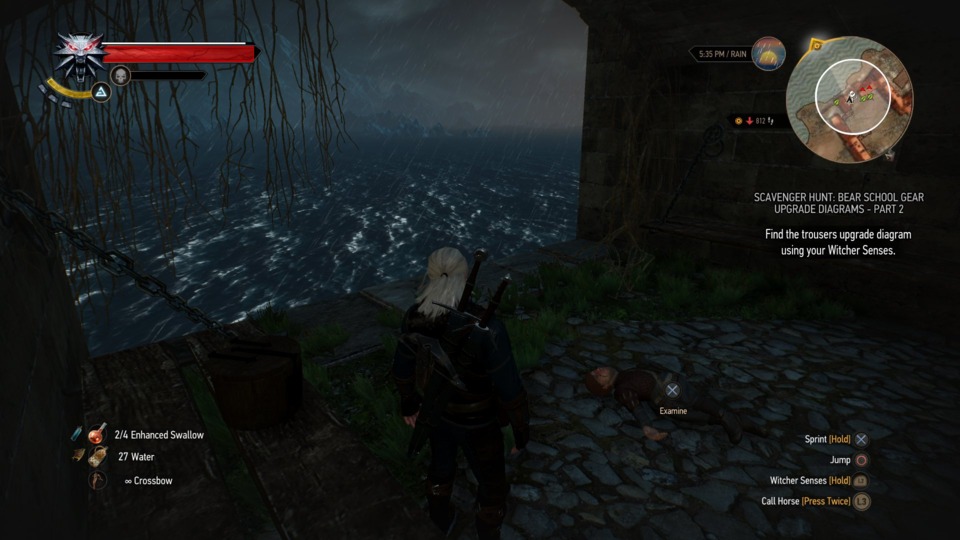
There's a few more Gwent trophies too. "Geralt and Friends" highlights the importance of neutral cards which, as well as being fairly powerful on their own, can be put into any deck for a lot of versatility. These cards tend to relate to major characters in the game who aren't politically affiliated to one of the four factions: Northern Kingdoms, Nilfgaardian Empire, Scoia'tael and Monsters. That would include protagonists Geralt and Ciri, most of the allied mages and sorceresses and characters like the ever-present bard Dandelion and his and Geralt's frequent dwarven drinking buddy Zoltan Chivay. There's only a few cards without a banner, though, so you need to be fairly lucky to draw enough neutral cards for a winning hand. "All In", meanwhile, highlights the equal if not greater importance of Hero cards, which again tend to relate to particularly powerful NPCs (and once again Geralt, Ciri and their sorceress friends). Hero cards are specially marked and are immune to any effects that might arise from weather and the like. This is also includes buffs, but generally speaking they won't need them. The only big bummer is that they can't be recalled from the discard deck, which is often plundered again and again for expert strategies if you have a side with a lot of medic cards (like the Scoia'tael).
Finally, we have the three difficulty trophies, "Passed the Trial", "Ran the Gauntlet" and "Walked the Path", all of which stack. It's worth playing the game on the hardest difficulty just as a matter of course, but there's a gold trophy in it for you as well if more incentive is needed. It's because of trophies/achievements like these that I always start on the hardest difficulty and adjust depending on the amount of frustration I'm meeting, though I'm frequently glad that I opted for the bigger challenge in the long-run. High difficulties are at their worst early on when you have less alternatives to rely on, have less familiarity with the game and its controls and are already in a frame of mind that you might toggle the difficulty down at any moment because you have yet to understand whether a challenging aspect of the game is due to the difficulty you've set or simply inherent to the game.
All in all, it's a fairly typical selection of rewarding dedication and skill in equal measure, and maybe a few that you can unfortunately miss because of one issue or another. I almost thought I lost my chance to earn the "Fast and Furious" trophy because a certain race-related sidequest vanished at some point in the game - I had to load an earlier save to bash them all out before resuming my most recent file. Naturally, it popped up again out of nowhere once the story was complete, but sometimes you have to roll with the game's many weird little glitches. Well, at least I did have to. I'm free now! Free!
Viscera Cleanup Detail: Shadow Warrior!
Talking of dedication, I finally got the chance to play one of these Viscera Cleanup Detail games with all its features intact - previously, I'd just messed around with an early proof-of-concept demo that didn't really end, beyond when the player had decided that they'd had enough. Viscera Cleanup Detail: Shadow Warrior is a standalone area that was sold along with the core game as well as included in the Shadow Warrior reboot - the latter of which is presently in the newest Devolver Humble Bundle as of writing.
It's a difficult game to describe meritoriously; in fact, if you were to present the game's premise of "clean everything up without missing a spot", it doesn't sound particularly enthralling. We all have chores and cleaning to do in the real world, after all. What these games do, then, is appeal to a player's meticulousness and obsessiveness to an extent not unlike all the completionist-focused open-world games that are de rigeur right now. It's balancing mopping up blood, picking up and disposing of viscera, spent weapons and incidental environmental destruction and sweeping an area of anything you might've missed with a handy device that beeps louder in the vicinity of blood splatter or trash. As you approach these menial tasks in an order of your choosing, the game takes on a zen-like quality of working at your own pace at a job that is rote but oddly satisfying. It's definitely an odd feeling to describe, but one that is very key to a lot of the more serious "simulator" games on Steam: a job that maintains all the satisfaction of working on and completing a project to a professional degree, but none of the responsibility - there's no real penalty for screwing up, and you can quit and do something else at any time. That freedom is what separates it from the soul-crushing drudgery of its real-world equivalent, I feel.
I've heard that these games really come to life in a group setting, when you have multiple people working the room and completing different parts of the project alongside their friends (or random internet strangers, as the case may be). The "many hands make light work" adage is in effect here, and the job goes by a lot faster and smoother when you have one guy running around with a mop and bucket cleaning up the bloody footprints of the janitors walking through crime scenes to pick up organs and limbs and carrying them to the furnace. I've heard it's equally common for online companions to go the opposite route, playing with the physics engine and making an even bigger mess than the one the player has been hired to eradicate. The physics of the game are rarely perfect: objects placed into a container will jump and bounce around at even the slightest bit of motion, and there's all sorts of unpredictable mayhem that might ensue from taxing the engine too much. It then becomes a janitorial variant of Garry's Mod, and equally chaotic the more players you throw into the mix.
Either way, I'm glad to have tried it out, and I'm definitely not about to take the core game off my wishlist. The Shadow Warrior variant has a few extra benefits; your protagonist can't resist making a few terrible Lo Wang-tier jokes as they clean, and there's a secondary mission to find all the loose bundles of money that both Lo and enemies left behind and put them into the janitor's "safekeeping" box - the game monitors this amount and awards an extra achievement for finding it all. I'm sure the core game has even more incidental goals to pursue in the midst of the mopping and trash disposal cycle.
InFamous Second Son!
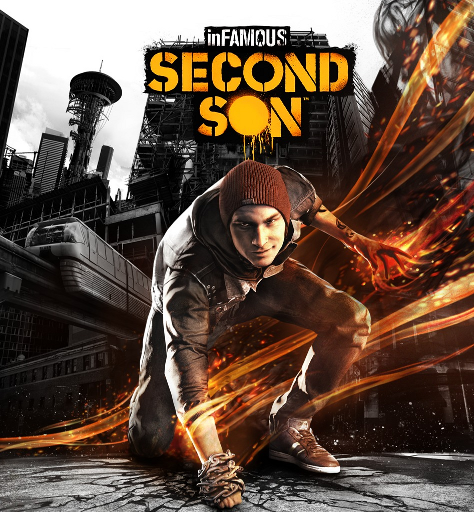
Though I was initially reluctant to follow up one big open-world game with another, I was told in no uncertain terms that this InFamous sequel - released early in the PS4's lifespan - was fairly slight and breezy. They weren't wrong. InFamous Second Son puts players in the superpowered sneakers of Conduit Delsin Rowe, which I'm not convinced is a real name, as he takes on the oppressive D.U.P. (Department of Unified Protection, though really an excuse to call The Establishment bad guys "dupes") in order to save his Native American tribe and the people of Seattle.
Unlike Cole, who exhibited electricity powers, Delsin is capable of switching elements depending on other Conduits he has come into physical contact with: his Rogue-like Conduit powers only manifested upon meeting the smoke-infused Hank, and again with a few of the game's other Conduits, and thus has no element of his own. The success of his mission hinges on coming into contact with the antagonist Conduit, Brooke Augustine, and using her power over concrete to undo the harm she did to Delsin's family and friends.
So let's discuss this Delsin character. He's a bit of an idiot; a teenage rebel who is shown early on to enjoy stencil-based graffiti art, which doesn't let up once story events moves him and his strait-laced cop brother to a locked-down Seattle filled with anti-Conduit sentiments where they are referred to as "bio-terrorists" and imprisoned without trial. Much of the game involves bringing down the establishment and taking back the city, extolling the virtues of freedom and creative expression. It's not unlike any skateboarding game with a story you might mention, like that semi-recent Shaun White Skateboarding with the Stride gum billboards. Delsin, in all his Troy Baker-y goodness, has yet to be anything worse than irritating so far, and it looks like the game is working an arc where he learns some darn responsibility, but it's not a good start. Having a damp squib non-entity of a civic-minded brother to balance him out isn't doing any favors either.
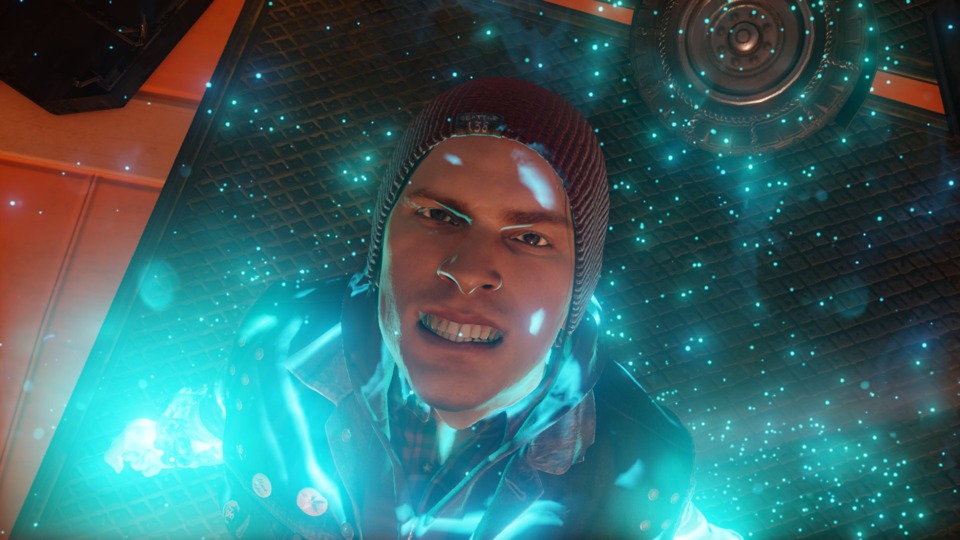
However, the bigger problems come with the game's size and the franchise's ever-present approach to binary morality. For the former, while I was genuinely in the market for a smaller open-world game, it's clear that the game's compact open-world is also playing havoc with its pacing: the plot has to move a lot faster as you clear whole districts in a flash, characters go through redemptive arcs in a matter of minutes, and you don't spend more than a hour or so with one set of powers before discovering an entire new set: the game has three elements that Delsin can rely on - smoke, neon and video - and while each shares a lot of similarities, they also have a distinct style and particular strength that takes some getting used to. Neon, for example, greatly increases the speed of traversal, making it far more ideal than the initial smoke for getting around the city. However, its mechanics are different to the smoke powers in sometimes counter-intuitive ways. For instance, both smoke and neon have a standard "gun" mode (as well as a grenade mode and a rocket-launcher mode), but when using smoke as a "good" character you want to aim for the heads as this produces a cloud of irritants that temporarily stuns characters and lets you peacefully incapacitate them instead of killing them. When using the same mode with the neon element, head shots will instantly vaporize foes, making it ideal for an "evil"-aligned player. Good players have to aim for a specific weak point instead, usually one or both legs. While you aren't exactly switching constantly on the fly, it can be a little disorienting without time to absorb (as it were) what these different elements do and how each should be used. There are a lot of tutorials, of course, but not a whole lot of breathing room.
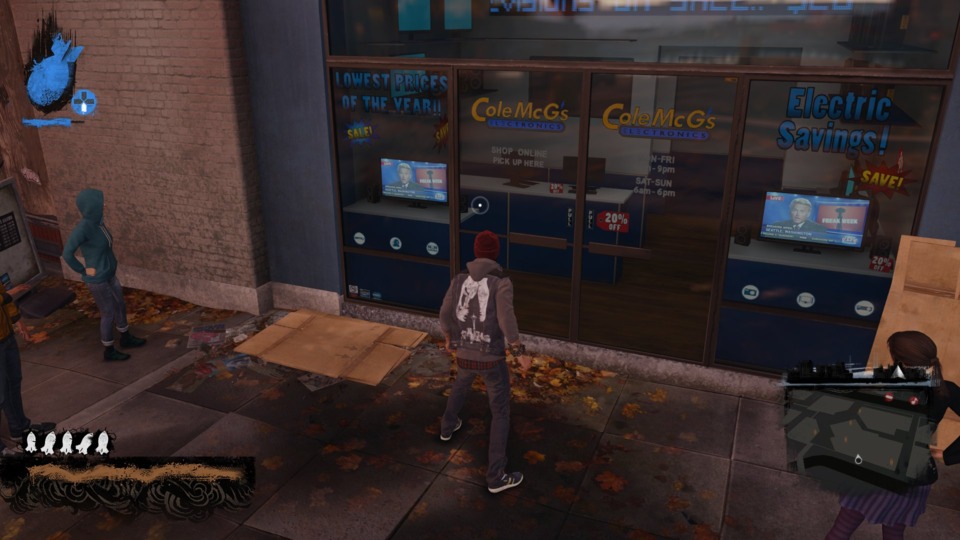
As for the morality aspect, developers Sucker Punch were once again put in the unenviable position of determining what good and evil is in terms of video game mechanics. It's difficult enough to pin down what an evil character might be while avoiding making them cartoonishly evil, and thus entirely unsympathetic, without then also having to incorporate randomly spawning mini-objectives that reward good and evil karma, which in turn determine the amount of powers you have access to. An evil character, InFamous usually posits, is one that puts their own survival and well-being ahead of others, often hurting and sacrificing those around them due to their own selfishness and usually maintaining an indifferent attitude to the suffering that ensues. You know, like regular everyday evil folk such as criminals, folk who cut in line, people who use choke chains for dogs, or Republicans.
Instead, while InFamous Second Son makes good use of the morality aspect in story missions - the first big moral dilemma is whether or not to stay quiet about your powers out of fear of what might happen to you, even if it puts your whole tribe in danger as a result - the incidental karma missions make no sense. You can earn evil karma by: murdering anti-Conduit protesters, murdering "irritating" street buskers and sign-spinners (as a graffiti artist, this strikes me as particularly hypocritical), murdering drug-pushing criminals, murdering D.U.P. enforcers after they surrender their weapons and murdering people just because. They all make sense as evil actions, though it makes less sense why you'd want to play as a raging psychopath instead of some flawed anti-hero who maybe goes too far when punishing evil-doers or frequently puts his own needs and desires ahead of others.
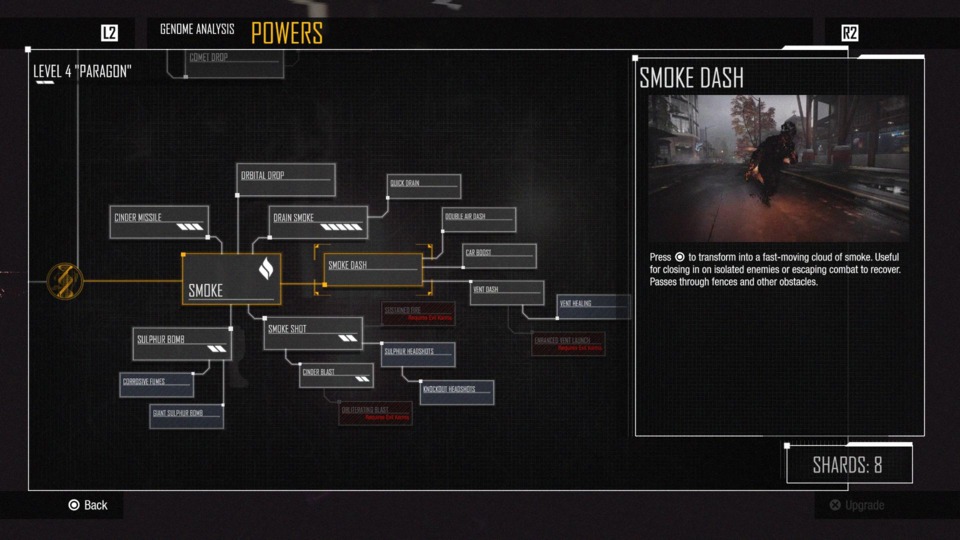
Again, that has nothing to do with how you want to play the game in a non-story capacity - while others may decry narrative dissonance in games like Uncharted where Nathan Drake can calmly mow down hundreds of goons and still fit the charming rogue with a heart of gold archetype, I think a certain amount of compartmentalization is permissible between the player character as they are portrayed in story cutscenes and the same character left entirely in the hands of a mischievous player (say, one Vinny Caravella) who wants to see the limits of the mayhem they can create. Rather, the game incorporates all this open-world behavior into the protagonist's "canon" attitude as well as the upgrade progression, preventing them from being the sort of guy who chooses not to turn a female fellow Conduit into a murderer in some deranged "Bonnie and Clyde" hybristophilia arc but might also still want to run around blowing up cars in their off-time. Doing both in equal measure will greatly diminish the speed at which the player increases their powers, and results in a protagonist of muddled motives that might save an orphanage in one story beat and set it on fire after fusing all the exits shut the next. Sucker Punch will keep trying, so central to the franchise's identity is this feature, but it'll still feel as inelegant and disjointed every time.
Overall though, I'm liking the game just fine. I'll probably have finished it after another session, so minimal is its content (which, again, isn't necessarily a bad thing, unless you bought it at full price soon after launch), but as a tonic for weening off of The Witcher 3's heavy level of involvement it's done its job adroitly so far. So too, I hope, has this particularly lengthy edition of Sunday Summaries. Thanks for stopping by, folks.
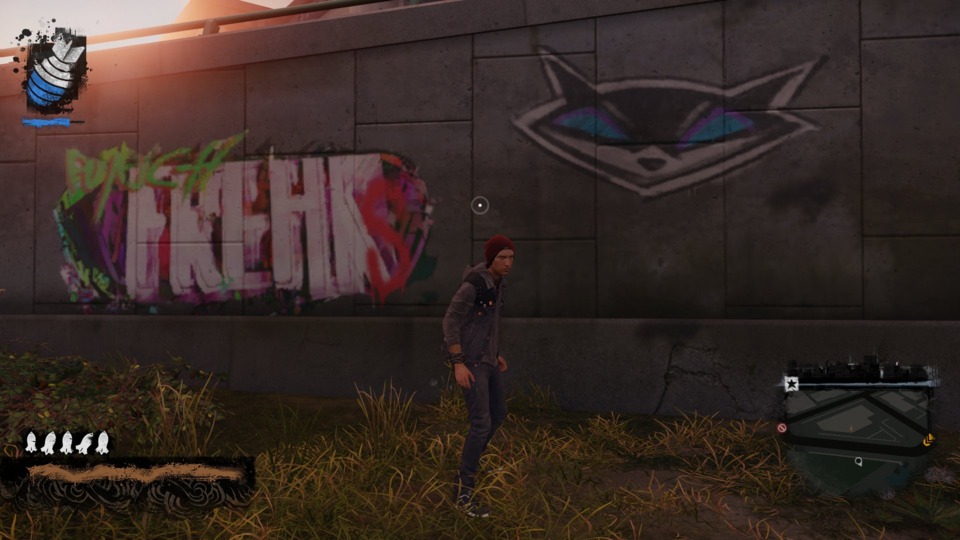

Log in to comment